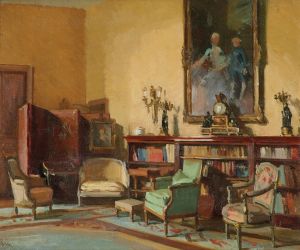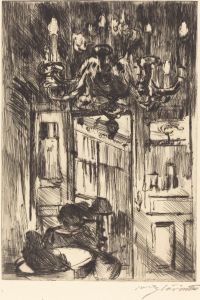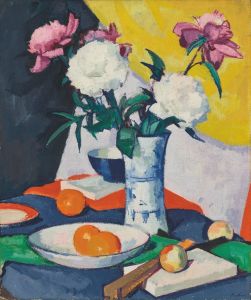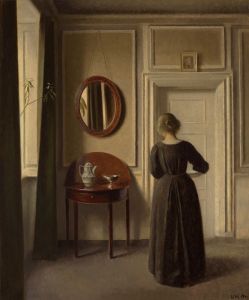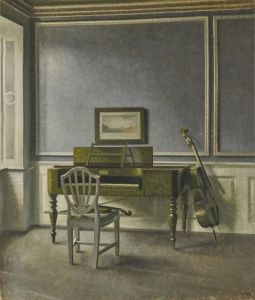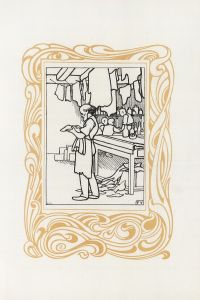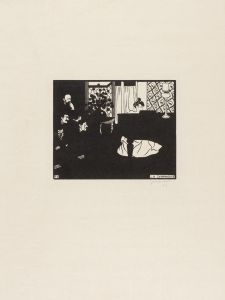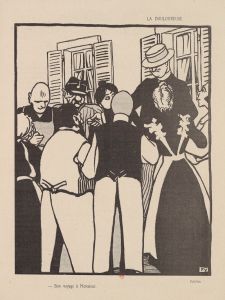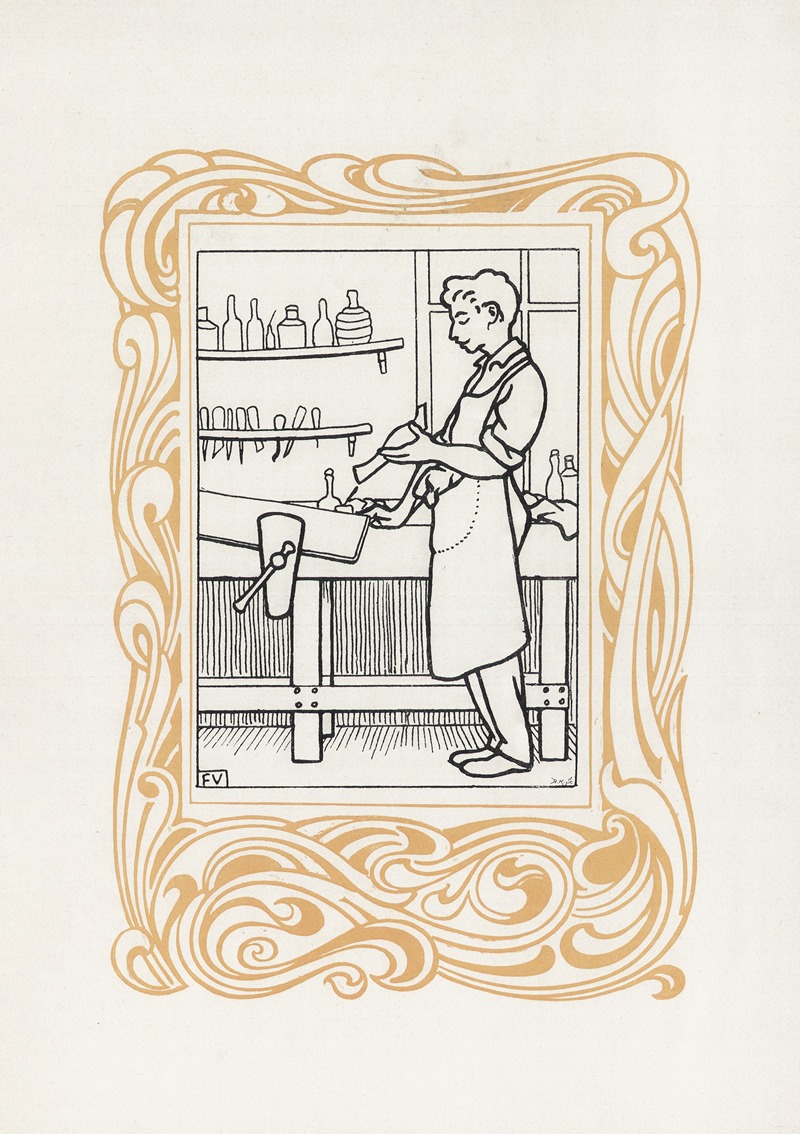
L’Ameublement
A hand-painted replica of Félix Vallotton’s masterpiece L’Ameublement, meticulously crafted by professional artists to capture the true essence of the original. Each piece is created with museum-quality canvas and rare mineral pigments, carefully painted by experienced artists with delicate brushstrokes and rich, layered colors to perfectly recreate the texture of the original artwork. Unlike machine-printed reproductions, this hand-painted version brings the painting to life, infused with the artist’s emotions and skill in every stroke. Whether for personal collection or home decoration, it instantly elevates the artistic atmosphere of any space.
Félix Vallotton, a Swiss-French painter and printmaker, is known for his distinctive style that blends elements of post-impressionism and symbolism. One of his notable works is "L’Ameublement," a painting that reflects his unique approach to composition and subject matter. Vallotton was a member of the Nabis, a group of avant-garde artists in the late 19th century who sought to break away from traditional art forms and explore new ways of visual expression.
"L’Ameublement," which translates to "The Furnishing," was created during a period when Vallotton was deeply engaged with interior scenes and domestic settings. This painting exemplifies Vallotton's interest in capturing the essence of everyday life, focusing on the arrangement of objects and the interplay of light and shadow within an interior space. His work often features a meticulous attention to detail and a strong sense of composition, characteristics that are evident in this piece.
Vallotton's style is marked by a flatness of form and a clarity of line, which can be seen in "L’Ameublement." He often employed a limited color palette, using bold contrasts to create a sense of depth and dimension. This approach is reflective of his background in printmaking, where such techniques are essential. Vallotton's ability to convey mood and atmosphere through the careful arrangement of objects and the use of color is a hallmark of his work.
The painting likely depicts a domestic interior, a common theme in Vallotton's oeuvre. His interiors are often devoid of human figures, focusing instead on the objects within the space and their relationship to one another. This creates a sense of stillness and contemplation, inviting the viewer to consider the narrative suggested by the arrangement of furniture and decor. Vallotton's interiors can be seen as a reflection of the social and cultural milieu of his time, offering insights into the domestic life of the late 19th and early 20th centuries.
Vallotton's work, including "L’Ameublement," is characterized by its psychological depth and subtle commentary on the human condition. His paintings often explore themes of isolation, introspection, and the complexity of human relationships, even in the absence of figures. This ability to convey emotion and narrative through inanimate objects is one of Vallotton's unique contributions to the art world.
Throughout his career, Vallotton remained committed to his artistic vision, producing works that challenged conventional notions of beauty and representation. His paintings, including "L’Ameublement," continue to be celebrated for their innovative approach and enduring impact on modern art. Vallotton's legacy as a pioneer of modernism is evident in his ability to capture the essence of his subjects with precision and insight, making his work a significant part of the art historical canon.







